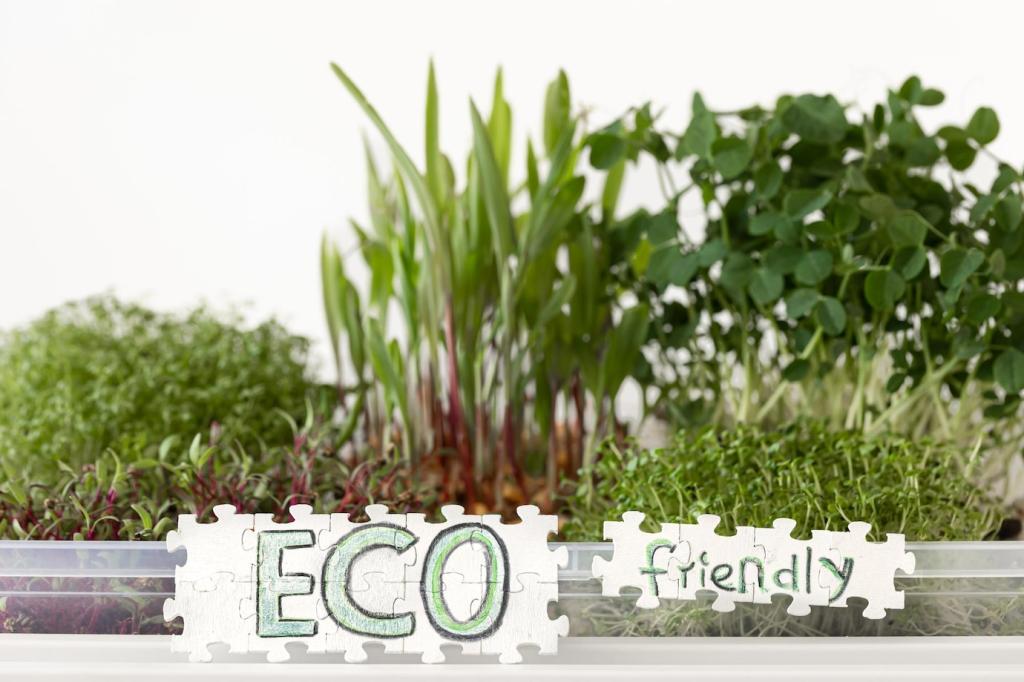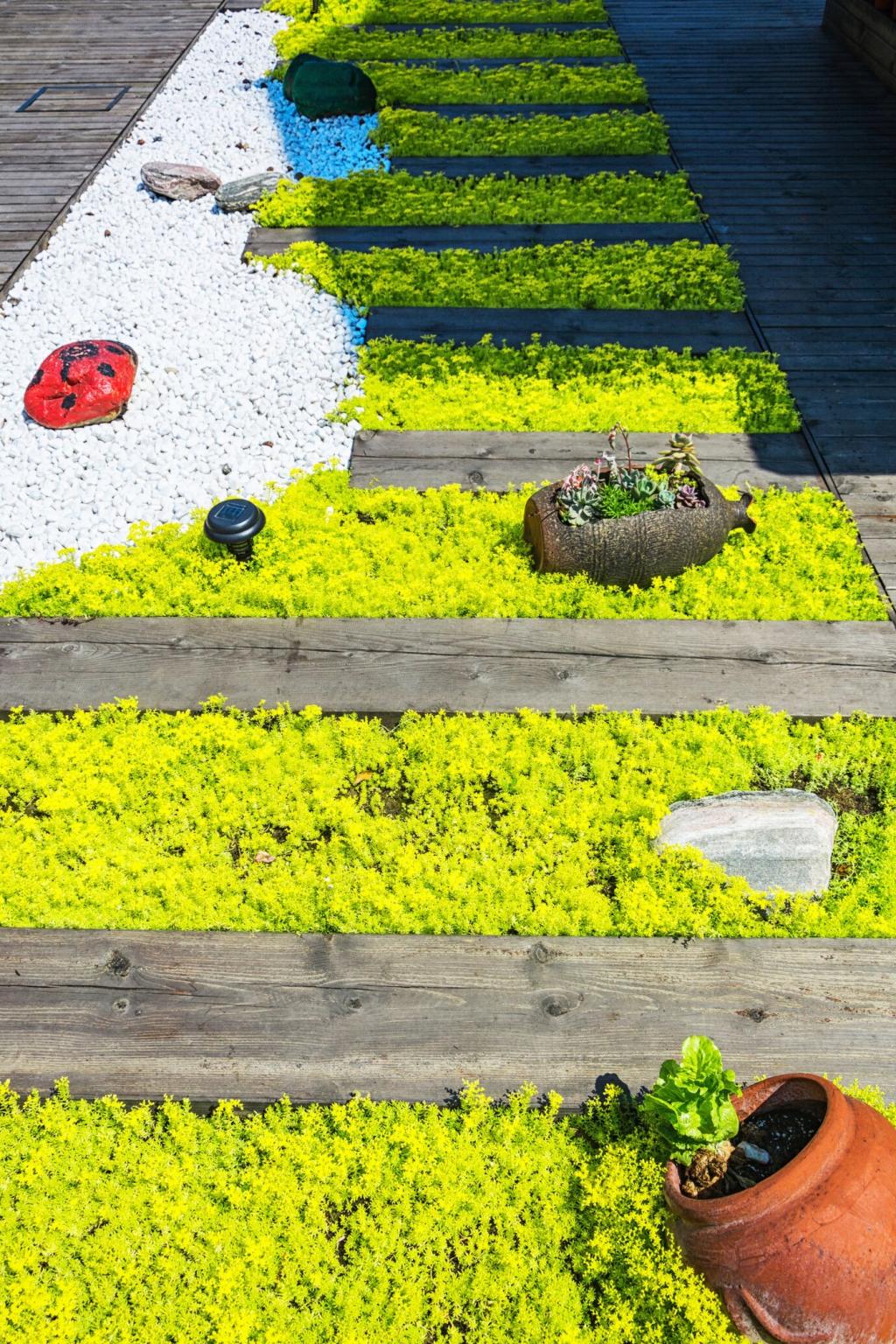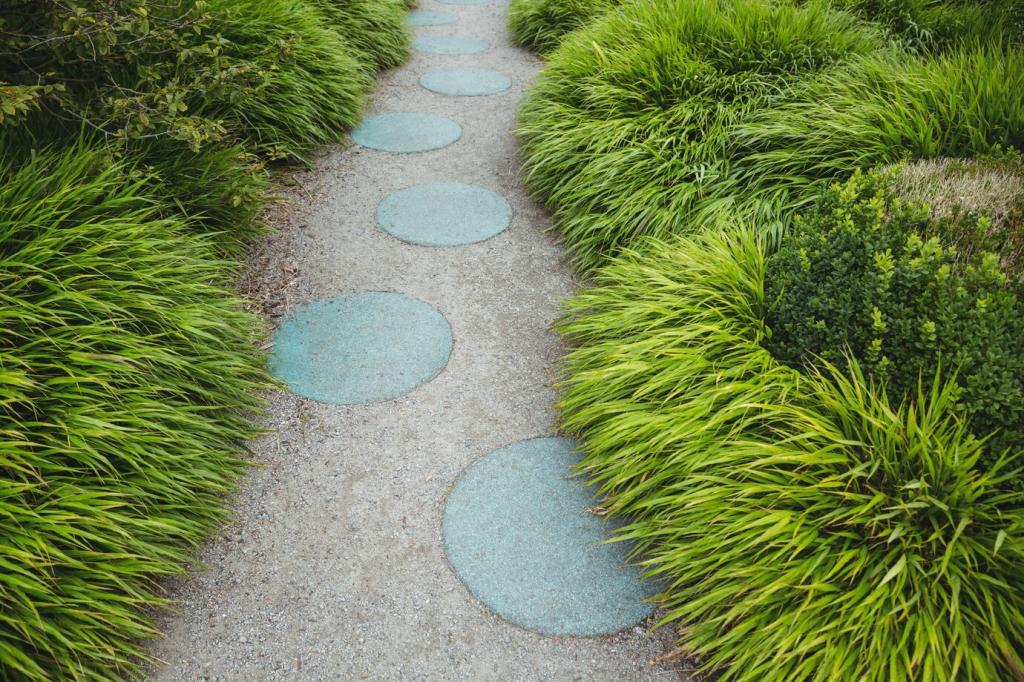Why Rainwater Harvesting Belongs in Your Garden
One inch of rain on a 1,000-square-foot roof can yield about 623 gallons. That is many watering cans you do not pay for, arriving naturally, gently, and perfectly timed by the weather.
Why Rainwater Harvesting Belongs in Your Garden
Rainwater is typically low in dissolved salts and chlorine, which can stress roots and beneficial soil life. Many gardeners notice richer foliage and fewer issues with salt-sensitive plants.






